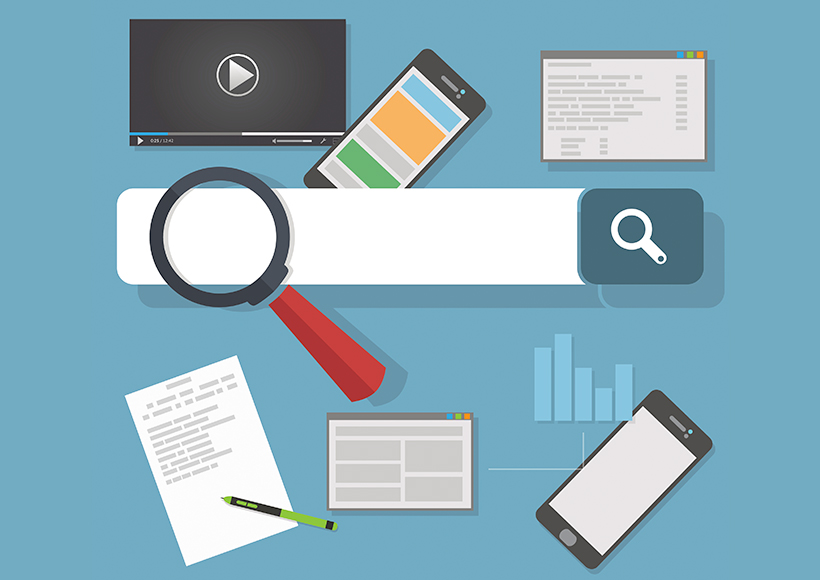by Erin Schroeder
Typically when we think of great examples of user-generated content, they feature consumers showing how cool, useful, trendy, etc. (the list could go on and on) a brand’s product or service is. But what about a brand that’s trying to get potential employees to buy in to its business?
Enter ESPN.
While the first impression may be that working for the “world leader in sports” is nothing short of a dream job, this perception can sometimes abruptly change when people learn where the company is headquartered. That’s Bristol, Connecticut, population: 61,000.
Since it’s no bustling big city like New York, L.A. or Chicago, the company made a creative move to put Bristol on the map and showcase just what its residents – fellow ESPNers – love about it.
With the tagline “Be Here,” ESPN developed a separate microsite dedicated to what it’s like living and working in Bristol. Employees upload photos and videos of their favorite venues and activities in the area to Instagram and attach a quick caption with the hashtag of “ESPNbehere.” These pictures range from local parks, restaurants and events to the surrounding scenery, ESPN campus and (of course!) an abundance of sporting opportunities.
Check it out here: behere.espncareers.com.
In just a quick scan of the very visual gallery, it’s pretty obvious where ESPN was going with this strategy and why it chose a platform built around user-generated content.
The company could easily have tried to describe the Bristol area in its own words and pictures and added a few links to hot spots, but the images and explanations submitted by the actual staff feel much more personal and genuine.
As we’re seeing today, this is often the case with user-generated content. It’s being integrated within marketing campaigns all across the web because people find it relatable, enjoyable and engaging.
To ESPN and its user-generated strategy, we award a big WIN!







